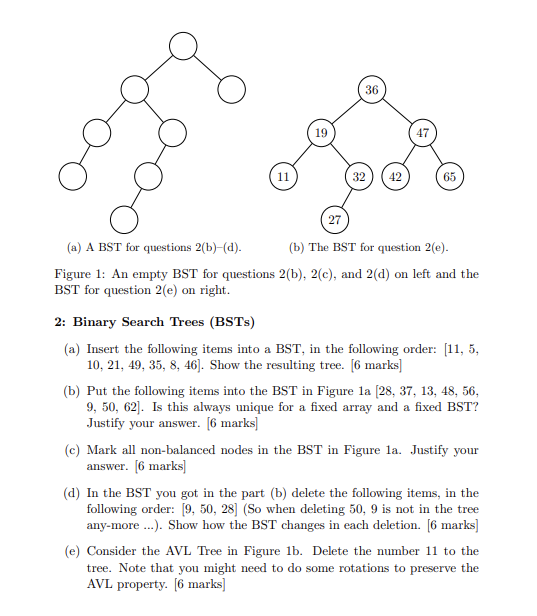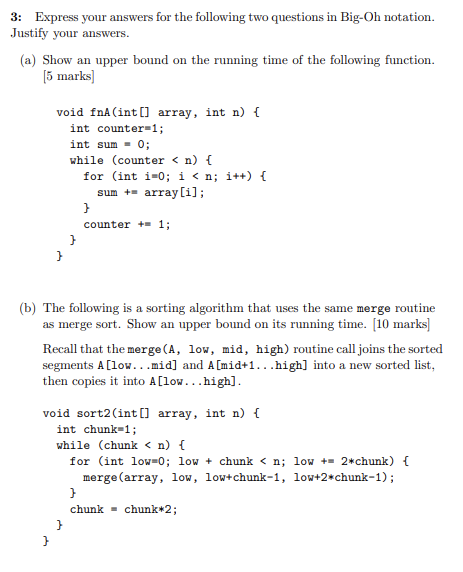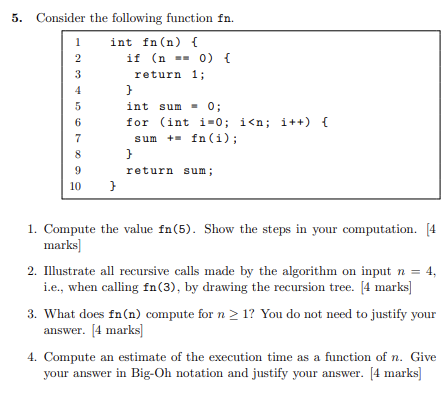Answered step by step
Verified Expert Solution
Question
1 Approved Answer
(a) A BST for questions 2(b)-(d). (b) The BST for question 2(e). Figure 1: An empty BST for questions 2(b), 2(c), and 2(d) on left



Step by Step Solution
There are 3 Steps involved in it
Step: 1

Get Instant Access to Expert-Tailored Solutions
See step-by-step solutions with expert insights and AI powered tools for academic success
Step: 2

Step: 3

Ace Your Homework with AI
Get the answers you need in no time with our AI-driven, step-by-step assistance
Get Started


